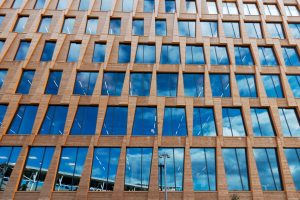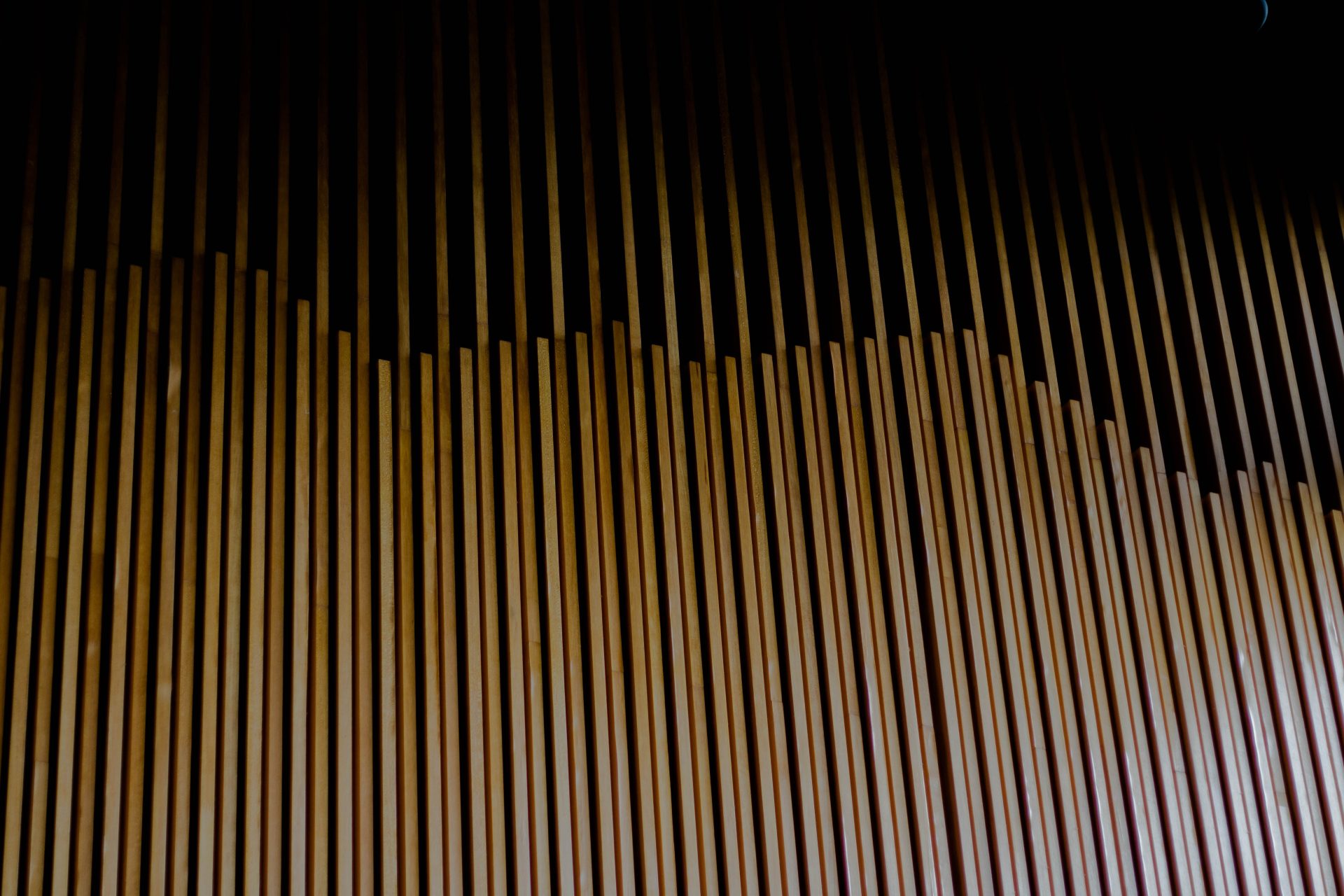Cladding a home is a fantastic choice and investment for anyone who hopes to improve the durability of their home. Moreover, the uniform aesthetic of cladding can help any style of the home look neat, organised, robust, and welcoming. Timber cladding is a modern and attractive way to design your home.
The main purpose of cladding is function; robustly protecting your home from the elements while defining its appearance for the better.
Two of Australia’s most common cladding types are Blackbutt and Spotted Gum. If you’ve never used cladding on your building before now, you may not know the difference between these two styles and why you might choose one over the other.
Never fear, because in this guide we’re going to discuss the appearance, durability, sustainability, maintenance, and other insights to learn about each cladding type. This way, you can request the best possible option for your cherished household.
Blackbutt Cladding
Durability
While most people hope their cladding looks appealing and is neatly installed, all would agree that function over form is the priority. Blackbutt cladding is known as one of the most resilient cladding types, also graded as “class 1” by Australian building standards. This means it resists decay and can handle all manner of weather conditions for a good amount of time. It excels in remaining durable even when exposed to moisture and sunlight, which is perfect for those hot Australian summers and more pressing winter periods.
Appearance
Blackbutt cladding is refined from Blackbutt timber, native wood that grows on the East Coast of Australia. This home-grown option offers home-grown aesthetics, presenting as a hardwood with straight grains and a pale or yellow-brown appearance. As such, it has a distinct visual profile but still looks neat and well-formed, meaning it won’t take away from any other decorations or integrations you choose to apply to the exterior of your household or commercial building.
Blackbutt is also noted for looking quite modern and streamlined in houses with modern architecture, while also offering rustic charm to older houses or commercial buildings. Many appreciate Blackbutt for its pride of its unique presence in Australian household design and is a great way to celebrate your Aussie home.
Sustainability
One of the major benefits of Blackbutt cladding is that it’s commonly sourced from renewable forests, and harvested through sustainable methods. As such, there’s very little carbon footprint in using this form of cladding, which is clear from how its appearance and durability mimic the hardiness of nature.
Ease of Upkeep
No one wants to spend weeks cleaning and fixing their cladding each year, which is why Blackbutt is considered a convenient choice. Periodic resealing and occasional re-oiling may be required to protect the timber and retain its natural aesthetic, but aside from that (and fixing any damages that occur), upkeep is relatively straightforward and easy. Depending on the service you use, this form of cladding is often rated for a period of years, granting you a warranty to be sure of.

Spotted Gum Cladding
Durability
Spotted gum cladding regularly earned either class 1 or 2 durability standards in the Australian construction industry. This will depend on the specific species of tree used for the cladding, including where it’s been grown. The durability of this hardwood means it’s resistant to termites, fungal attacks, and decay, as well as resistant to all manner of weather conditions. Many homeowners or commercial premises owners use spotted gum cladding if they’re looking for ease of upkeep in the face of those issues, such as termite problems as mentioned above.
Appearance
Spotted gum’s appearance can vary. Its colors can differ from light to darker browns, and in some cases may even seem red or brown. Moreover, you’ll notice unique and distinctive spotting or streaking that shows up on the wood surface, which is of course where the timber and cladding itself derives its namesake. Because its aesthetic can be so versatile, this cladding is more than useful for a range of residential or commercial projects. Just like Blackbutt, Spotted Gum cladding is neat, organized, beautifully laid, and can help any building look more professional or modern than it otherwise would have.
Sustainability
Selecting Spotted Gum allows you to source your cladding from sustainable forestry practices, as well as supporting Australian forests and industry. It’s a great way to add natural materials to your home or premises and showcase your pride in Australian manufacturing and construction. Sustainable forestry practices, similar to those used for Blackbutt, allow for further trees to be grown and more land to be used for that aim.
Ease of Upkeep
With regular cleaning, bi-annual inspections, and annual sealing or staining once more depending on need, your Spotted Gum cladding will be just as protected as your Blackbutt. While it’s true that some Spotted Gum might be raced Class 2 for durability depending on where it’s been grown, this in no way means your home will be without the depth of protection its cladding should provide, only that it may last for a little less of a duration, and require a little more re-oiling or resealing from time to time; yet, for the most part, the differences will be minimal.
Discover the Beauty of Australian Timber with Timbeck Architectural!
No matter what kind of property you own, great, durable cladding can add years of durability to your property and vastly upgrade its aesthetic. With ethically sourced materials, you may also be investing in the long-term eco-friendly appeal of your household, both to be appreciated now and valued if you come to sell the building.
If you’re looking for the best Australian cladding to use on your residential or commercial building, we’d be delighted to help talk through your options.
Contact us today to discuss how our natural, sustainable, and durable materials can transform your building design.
Feel free to get a no-obligation quote and our friendly team will reach out shortly.
Until then, why not look through our photo gallery to see how cladding could improve your home or commercial residence?


